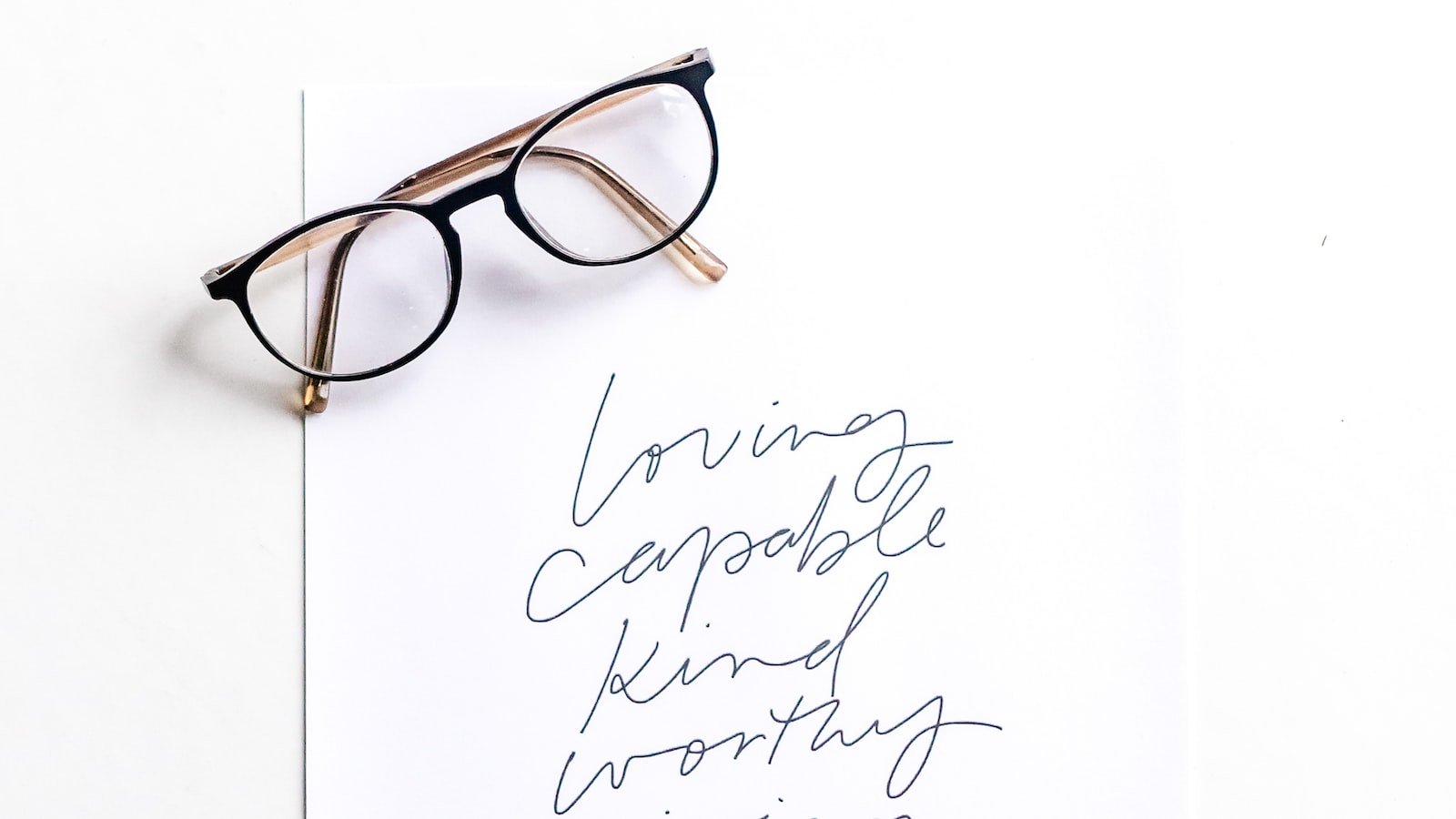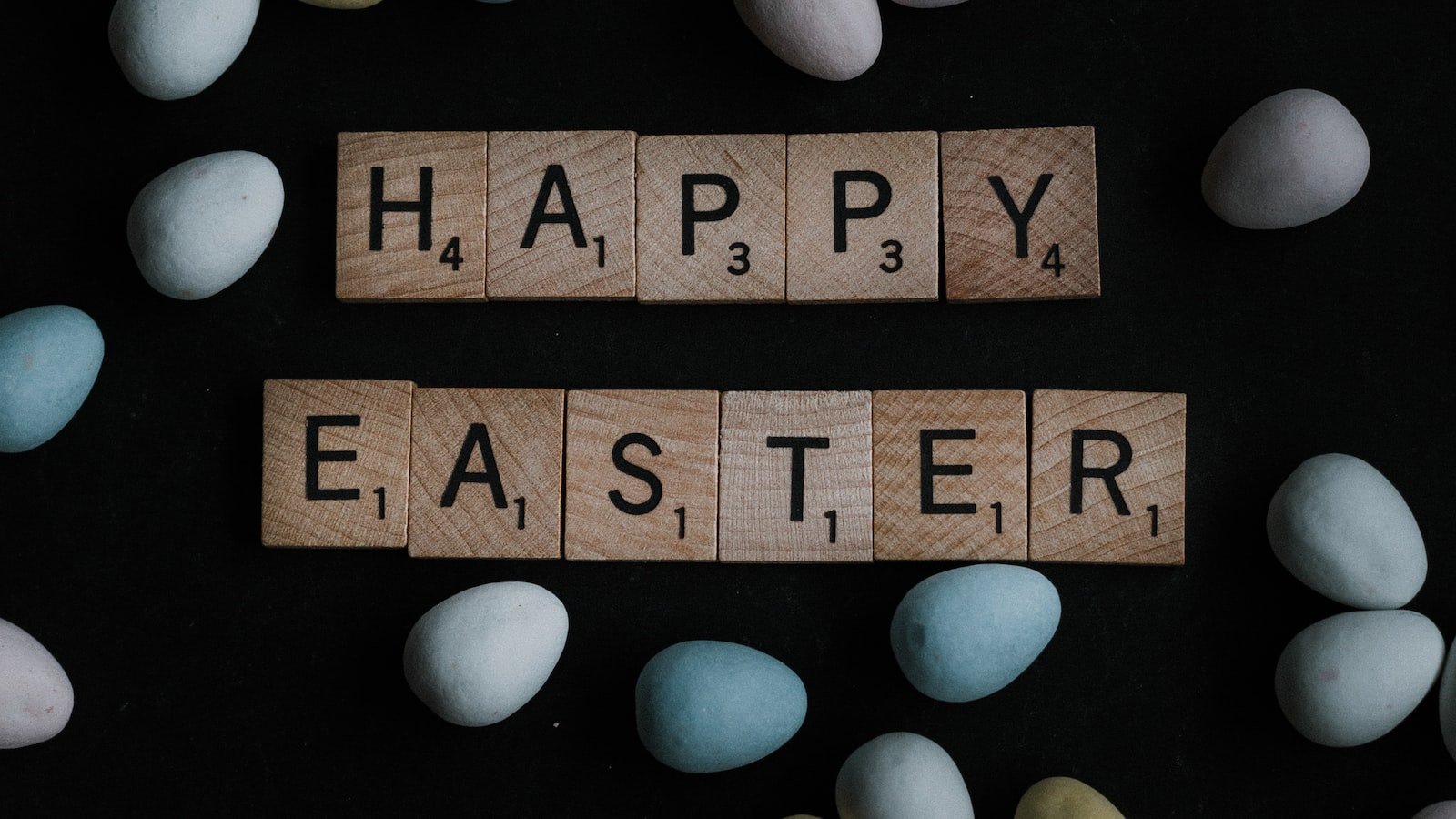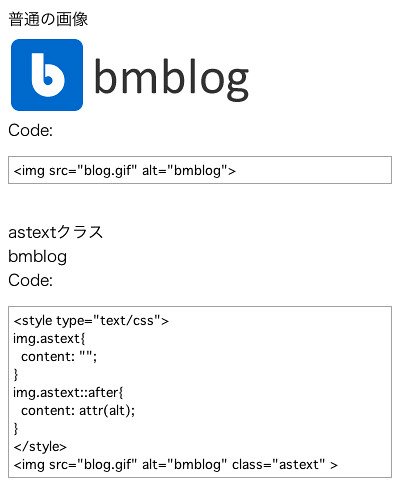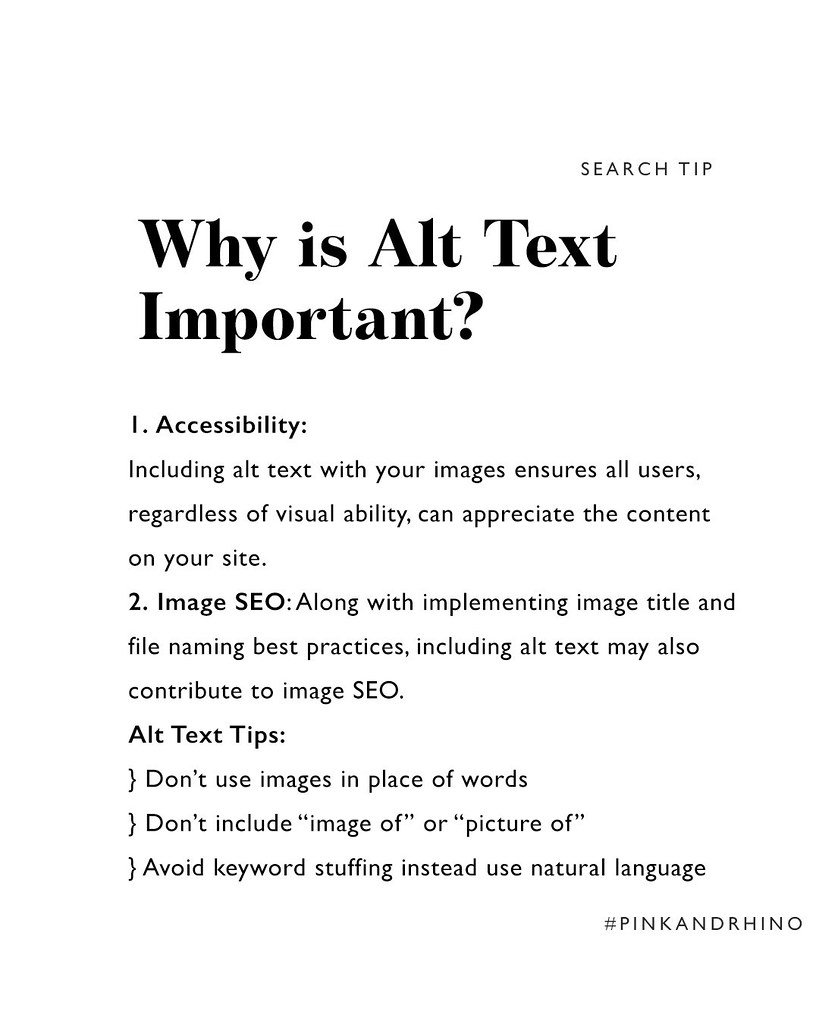In the mystical realm of Search Engine Optimization, where algorithms dictate the destiny of websites, there exists a hidden art that can weave spells of unparalleled online visibility. It is known as SEO Image Magic, a craft that harnesses the power of alt text to enchant search engines and captivate user attention. In this article, we journey into the depths of this ancient practice, uncovering the secrets behind mastering optimal alt text for stellar online visibility. Whether you are a seasoned sorcerer of SEO or a novice in the arcane arts, prepare to embark on a quest that guarantees to transform your website into a beacon of digital greatness.
Table of Contents
- 1. Unleashing the Power of Alt Text: Understanding its Role in Optimizing Online Visibility
- 2. Crafting Compelling Alt Text: Strategies to Captivate Users and Search Engines Alike
- 3. The Dos and Don’ts of Optimizing Alt Text: Best Practices for Stellar SEO Image Magic
- 4. Beyond Words: Leveraging Alt Text for Accessibility and Enhanced User Experience
- Q&A
- In Conclusion

1. Unleashing the Power of Alt Text: Understanding its Role in Optimizing Online Visibility
Alt text, short for alternative text, is a powerful tool that often goes unnoticed. When it comes to optimizing online visibility, alt text plays a crucial role in improving search engine rankings and enhancing user experience. Whether you’re a beginner or a seasoned SEO specialist, mastering the art of writing optimal alt text is a skill worth investing in.
1. Boost your SEO: Alt text provides search engines with valuable information about your images, helping them understand the context and relevance of your content. By incorporating relevant keywords and phrases in your alt text, you can significantly increase your chances of ranking higher in search engine results. It’s important to strike a balance between optimizing for search engines and providing meaningful descriptions that benefit visually impaired users who rely on screen readers.
2. Enhance user experience: Alt text not only benefits search engines, but it also improves the overall accessibility and usability of your website. When an image fails to load, alt text is displayed instead, enabling visitors to comprehend the intended message. By crafting descriptive alt text, you can engage users who may have visual impairments and ensure they can fully engage with your content. Consider using sensory language and vivid descriptions to evoke emotions, allowing users to visualize the image in their mind’s eye.
3. Avoid keyword stuffing: While alt text is an excellent opportunity to incorporate keywords, it’s essential to use them thoughtfully and sparingly. Keyword stuffing, or excessively using keywords in your alt text, can harm your search engine rankings and negatively impact user experience. Instead, focus on providing accurate and concise descriptions that capture the essence of the image without overloading it with keywords. Remember, your ultimate goal is to create alt text that enhances the user’s understanding and enjoyment of your website.
4. Be descriptive and specific: When writing alt text, strive for clarity and precision. Instead of using generic phrases like “image” or “photo,” provide specific details that accurately describe the content. For example, if you have an image of a red rose, describe it as “a vibrant red rose with dewdrops on its petals.” Specific alt text not only helps search engines interpret the image better but also enables users to form a mental image of the content, even if they cannot see it.
5. Maintain brevity and relevance: Alt text should be succinct and to the point. Avoid lengthy descriptions that could overwhelm visually impaired users or clutter search engine results. Stick to relevant information that effectively conveys the purpose or message of the image. Additionally, make sure your alt text aligns with the surrounding content and provides supplementary information rather than duplicating what has already been stated.
Remember, alt text is an essential component of optimizing the online visibility of your images. By taking the time to write descriptive and meaningful alt text, you can improve your search engine rankings, enhance user experience, and make your website more accessible to all visitors. So, unleash the power of alt text and harness the magic of SEO for stellar online visibility.
2. Crafting Compelling Alt Text: Strategies to Captivate Users and Search Engines Alike
Crafting compelling alt text is a crucial aspect of SEO image magic. It involves strategically creating descriptive and captivating descriptions for your images that not only engage users but also grab the attention of search engines. Here are some strategies to help you master the art of crafting optimal alt text for stellar online visibility:
1. Be descriptive: Alt text should accurately describe the content and context of the image, providing helpful information for those who cannot see the image. Use concise and clear language to describe the subject matter, focusing on relevant details and key attributes.
2. Include keywords: Incorporate relevant keywords into your alt text to improve the visibility of your images in search engine results. However, avoid keyword stuffing and ensure that the alt text reads naturally and coherently.
3. Be mindful of context: Consider the broader context of the webpage when crafting alt text. If the image is part of a larger article or topic, make sure the alt text aligns with the overall message and enhances the user experience.
4. Use a hyphen or underscore: When alt text consists of multiple words, it is best to separate them with a hyphen (-) or an underscore (_) for improved readability and accessibility.
5. Aim for brevity: Keep your alt text concise and to the point, using as few words as possible without sacrificing clarity. This ensures that the alt text doesn’t overwhelm the user or disrupt the flow of content.
By following these strategies, you can create compelling alt text that captivates users and search engines alike, elevating your online visibility and providing an enhanced experience for all visitors to your website. Take the time to craft thoughtful alt text for each image, and your SEO image magic will work wonders for your online presence.
3. The Dos and Don’ts of Optimizing Alt Text: Best Practices for Stellar SEO Image Magic
Most people underestimate the power of alt text when it comes to optimizing images for search engines. However, mastering the art of SEO image magic can significantly boost your online visibility. To help you navigate the world of alt text optimization, here are some dos and don’ts that every beginner should keep in mind:
Dos:
1. Be descriptive: When writing alt text, be descriptive and accurately reflect what is happening in the image. Think about how someone with visual impairment would understand the image solely based on the alt text.
2. Use relevant keywords: Incorporate relevant keywords that are related to the image and the content surrounding it. This helps search engines understand the context and improves the chances of your image appearing in relevant search results.
3. Keep it concise: While it’s important to be descriptive, it’s equally crucial to keep your alt text concise and to the point. Aim for around 125 characters or less to ensure that it doesn’t get cut off in search results.
4. Include your brand name: If the image is related to your brand or product, consider adding your brand name to the alt text. This can help reinforce your brand presence and increase brand visibility in search results.
Don’ts:
1. Keyword stuffing: Avoid excessively stuffing keywords into your alt text as this can be seen as spammy and can harm your SEO efforts. Instead, focus on using keywords naturally and sparingly.
2. Generic alt text: Steer clear of using generic alt text like “image1234″ or ”photo.jpg.” These provide no valuable information to users or search engines and can negatively impact your search rankings.
3. Duplicate alt text: Each image should have unique alt text. Avoid using the same alt text for multiple images, as search engines won’t be able to differentiate between them and it can lead to confusion.
4. Leaving it blank: Always ensure that alt text is present for every image on your website. Leaving it blank means missing out on valuable opportunities to improve your SEO and provide a better user experience.
By following these best practices, you’ll be well on your way to mastering the art of SEO image magic and optimizing your alt text for stellar online visibility. Remember, alt text plays a crucial role in making your images accessible to all users, improving your SEO, and ultimately, driving more traffic to your website. So, take the time to craft descriptive and keyword-rich alt text for each image, and your online presence will shine bright.
4. Beyond Words: Leveraging Alt Text for Accessibility and Enhanced User Experience
Alt text, also known as alternative text, is a powerful tool that can significantly enhance the accessibility and user experience of websites. It allows search engines to understand the content of images and enables visually impaired users to receive a description of the image through screen readers. But it’s not just for accessibility purposes – crafting optimal alt text can also improve your online visibility and boost your website’s search engine optimization (SEO).
To leverage alt text effectively, there are a few key pointers to keep in mind. Firstly, be descriptive and specific when writing alt text. Avoid generic phrases like ”image of a person” and instead provide meaningful details that accurately represent the image. For example, instead of saying “image of a beach”, you could write “sunset over a palm-tree-lined tropical beach”. This level of specificity helps search engines understand the context and relevance of the image, improving your website’s chances of appearing in relevant search results.
Another important aspect to consider is keyword optimization. Just like with traditional SEO, incorporating relevant keywords into your alt text can boost your website’s visibility in search engine rankings. However, it’s crucial to find the right balance – optimize your alt text with keywords, but don’t overdo it to the point where it becomes unnatural or spammy. Think about the keywords that are relevant to the image and the overall content of the page, and seamlessly incorporate them into your alt text to enhance your chances of appearing in relevant searches.
Q&A
Q: What is the significance of alt text in improving online visibility?
A: Alt text plays a crucial role in enhancing online visibility as it helps search engines understand the content of images. By providing accurate alt text, websites can improve their chances of appearing in image search results, thereby attracting more traffic and boosting their overall visibility.
Q: How can you ensure optimal alt text for your images?
A: To master optimal alt text, it is essential to consider both relevance and clarity. Describe the image accurately, using specific keywords related to the content or context. Additionally, keep your alt text concise and understandable, avoiding excessive keyword stuffing or vague descriptions.
Q: Should alt text only be used for decorative or informative images?
A: No, alt text should be used for all images, whether they are decorative or informative. While decorative images may not convey explicit information, alt text can still provide context to visually impaired users or in case the image fails to load. Informative images should have more detailed alt text to convey the entire message effectively.
Q: How can one strike a balance between optimizing alt text for search engines and ensuring accessibility for visually impaired users?
A: Finding the right balance is crucial. Optimize your alt text by including relevant keywords, but always prioritize accessibility for visually impaired users. Make sure the alt text accurately describes the content and context of the image, allowing screen readers to provide an informative and satisfying experience.
Q: Is it recommended to use the same alt text for similar images throughout a website?
A: While it may be tempting for efficiency purposes, it is advisable to avoid using identical alt text for similar images. Each image has its unique characteristics and context, so crafting individual alt text for each is essential. This approach communicates a higher level of relevance to search engines, potentially improving your online visibility.
Q: Can alt text contribute to image optimization beyond search engine visibility?
A: Absolutely! Alt text serves a broader purpose beyond search engine optimization. It enhances the user experience by providing meaningful information to those who can’t view the images. This inclusiveness fosters a more accessible web environment, benefiting users with visual impairments or slow internet connections.
Q: Are there any general best practices to follow when using alt text?
A: Yes, there are a few best practices to keep in mind. Firstly, always prioritize accuracy and relevance over keyword stuffing. Secondly, avoid using alt text for purely decorative images – use empty or null alt attributes instead. Lastly, regularly review and update alt text as website content evolves to ensure its continued effectiveness.
Q: What are some common mistakes to avoid when optimizing alt text?
A: One frequent mistake is leaving alt text empty or using non-descriptive phrases like ”image1234.jpg”. Additionally, stuffing alt text with irrelevant keywords or overusing them can hinder user experience and potentially result in penalties from search engines. Aim for concise, descriptive alt text that provides value to both search engines and users.
Q: Can automated tools help in optimizing alt text effectively?
A: While automated tools can be useful for generating initial alt text, they should not be solely relied upon. These algorithms often lack the contextual understanding necessary to provide accurate alt text. It is always recommended to review and fine-tune the alt text generated by these tools manually to ensure optimal results.
Q: How frequently should alt text be updated?
A: Regularly reviewing and updating alt text is crucial, especially when website content undergoes changes. Whether it’s the addition of new images, updates to existing ones, or changes in overall site context, keeping alt text up to date ensures its continued relevance and effectiveness.
In Conclusion
In conclusion, the art of SEO image magic lies in the mastery of optimal alt text, a crucial component for achieving stellar online visibility. Harnessing the potential of alt text allows images to speak fluently to search engines and users alike, captivating their attention and drawing them closer to your website. By crafting captivating and descriptive alt text, you unlock a world of possibilities where your images transcend mere visual aids and become powerful allies in your quest for online prominence.
But mastering optimal alt text is no mere juggling act of keywords and phrases; it’s an art form that requires a delicate balance between creativity and technical expertise. The key lies in understanding the intent behind each image and translating it into concise and compelling alt text that accurately conveys its essence.
Through this creative dance of words, alt text not only boosts your website’s accessibility, but it also becomes an invaluable asset for SEO. Search engines, hungry for context, eagerly devour well-crafted alt text, giving your images the chance to rank higher in relevant searches and attracting a stream of organic traffic.
However, the power of alt text is not limited to SEO alone. It nurtures inclusivity, ensuring that users with visual impairments or slow internet connections can experience and appreciate your content. Alt text becomes the guardian angel that paints vivid mental pictures for those who cannot see, bringing your captivating visuals to life and bridging the gap to a wider audience.
So, as you embark on your journey to master the art of SEO image magic, remember to wield alt text wisely. Dive into the depths of creativity, armed with a solid understanding of SEO principles. Sculpt your alt text with precision, like an artist shaping clay, ensuring that each stroke adds depth and meaning to your images.
In this digital realm where attention spans wane and competition intensifies, let your alt text be the beacon that guides both search engine crawlers and users towards your virtual doorstep. By harnessing the power of optimal alt text, you pave the way for your website to shine brightly amidst the vast expanse of the online universe.
So, let your alt text work its magic and propel your online visibility to stellar heights. Embrace the art of SEO image wizardry, and may your website be forever etched in the digital hallways of greatness.

